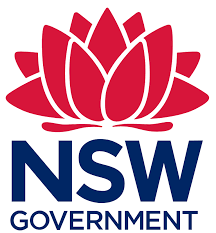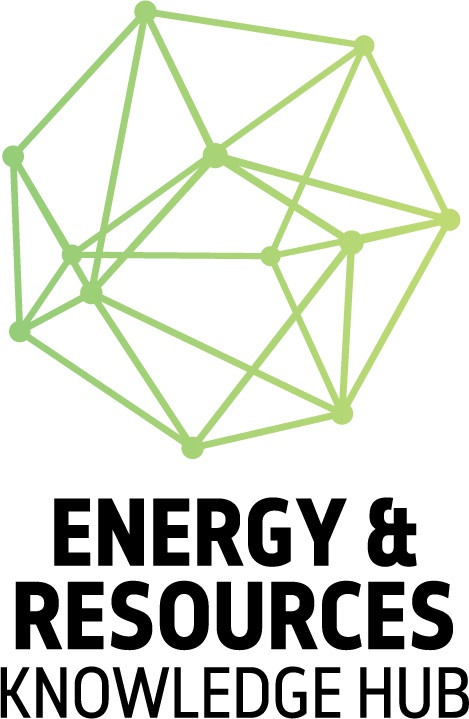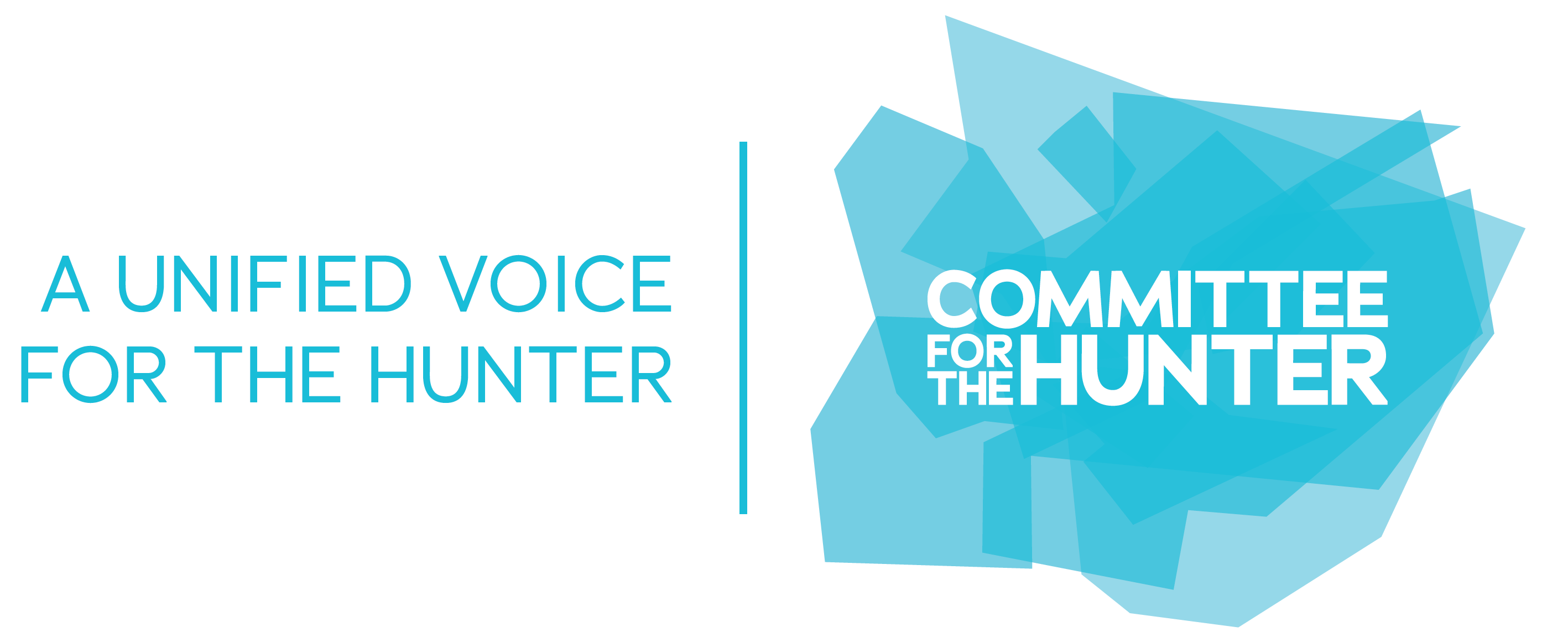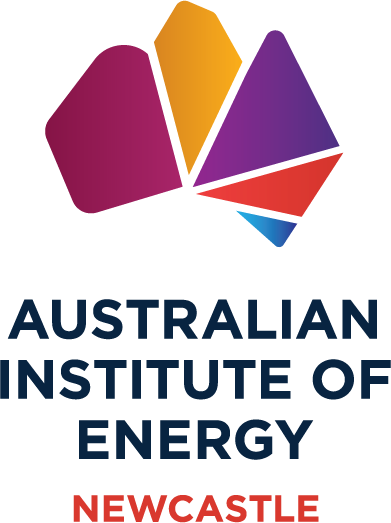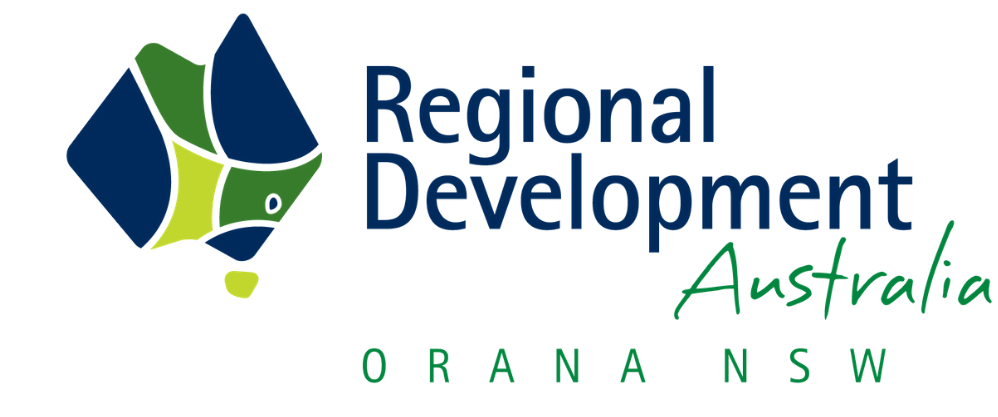AEMO's new Integrated System Plan charts path to net zero by 2050
The 2024 ISP is a comprehensive effort to guide Australia's energy market through a critical transition, ensuring reliable, affordable, and sustainable electricity for the future.
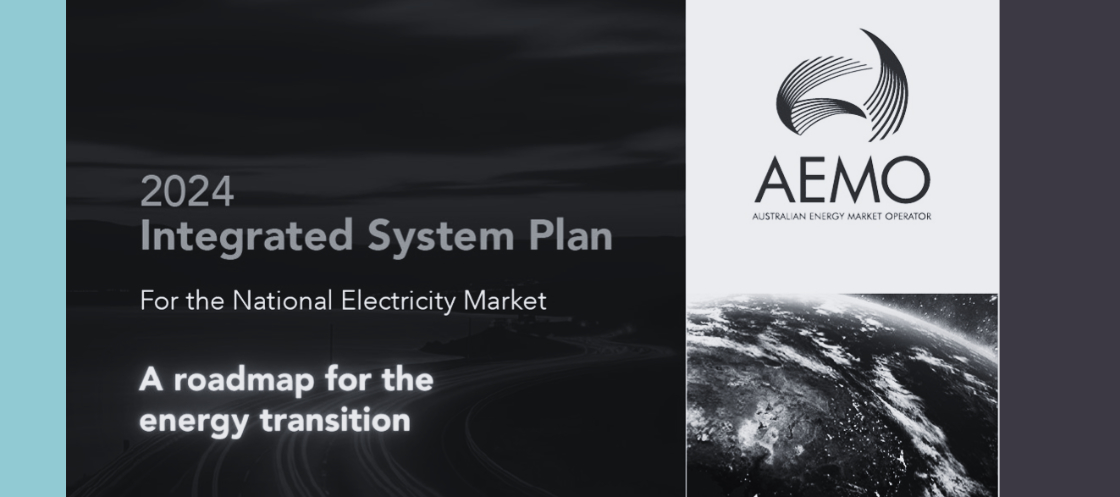
The Australian Energy Market Operator (AEMO) has unveiled its 2024 Integrated System Plan (ISP), a 25-year roadmap aimed at transitioning the National Electricity Market (NEM) to net zero emissions by 2050. This comprehensive plan outlines how renewable energy, supported by storage solutions, can provide the lowest-cost electricity as Australia shifts towards a cleaner economy.
The ISP indicates that 40% of the electricity in Australia's main national grid currently comes from renewable sources, with expectations for this figure to reach 82% by 2030. The transition is driven by the progressive closure of ageing coal-fired power stations, with all expected to shut down by 2040. AEMO's plan focuses on replacing these with renewable energy, storage, and necessary transmission infrastructure.
Reception to the ISP has been generally positive, with energy experts lauding the comprehensive plan to net zero.
Investment and Infrastructure Needs
Stephanie Bashir, Principal of Nexa Advisory and former Senior Director of Public Policy at AGL Energy, praised the ISP's approach to smaller, less complex transmission projects and non-network solutions. She highlighted the critical need for investment over the next 15 years to maintain reliable and affordable electricity for consumers.
“The energy transition cannot be the victim of political game playing. Nationally significant projects cannot languish in purgatory, drowned by planning and regulatory processes that are not fit for purpose," Bashir said.
The ISP also calls for the construction of nearly 10,000 km of new transmission lines by 2050 to connect new generation sources and meet reliability targets. The cost of these projects, estimated at $16 billion, is expected to be offset by $18.5 billion in savings for consumers through avoided energy costs and an additional $3.3 billion in emissions reductions.
Renewable Energy Focus
Johanna Bowyer, Lead Analyst for Australian Electricity at the Institute for Energy Economics and Financial Analysis (IEEFA), noted that AEMO's ISP outlines a path to achieving 99% renewable energy by 2050.
“AEMO's plan shows that it is key to accelerate the build-out of renewables, storage and transmission to enable emissions reductions at lowest cost,” Bowyer said. She pointed out that the ISP's emphasis on renewable energy is due to its cost-effectiveness and the growing interest from developers.
Regional and Consumer Engagement
Andrew Bray, National Director of RE-Alliance, noted the importance of trust and engagement with regional communities for the successful transition to renewable energy.
“AEMO's plan has clearly identified that a successful shift to an economy powered by renewables is dependent on building trust with regional communities and engaging consumers in the shift,” he said.
The ISP also identifies the crucial role of distributed energy resources such as rooftop solar panels, batteries, and electric vehicles. These technologies, if effectively integrated, can lower costs for consumers and support the transition to a cleaner energy system.
Challenges and Risks
Despite the optimistic outlook, the ISP acknowledges several challenges, including approval process delays, investment uncertainties, cost pressures, social licence issues, supply chain disruptions, and workforce shortages.
“There is a real risk that replacement generation, storage and transmission may not be available in time when coal plants retire, and this risk must be avoided,” AEMO CEO Daniel Westerman said.
“This ISP is a clear call to investors, industry and governments for the urgent delivery of generation, storage and transmission to ensure Australian consumers continue to have access to reliable electricity at the lowest cost.” he said.




